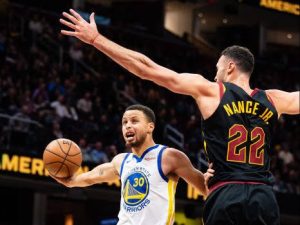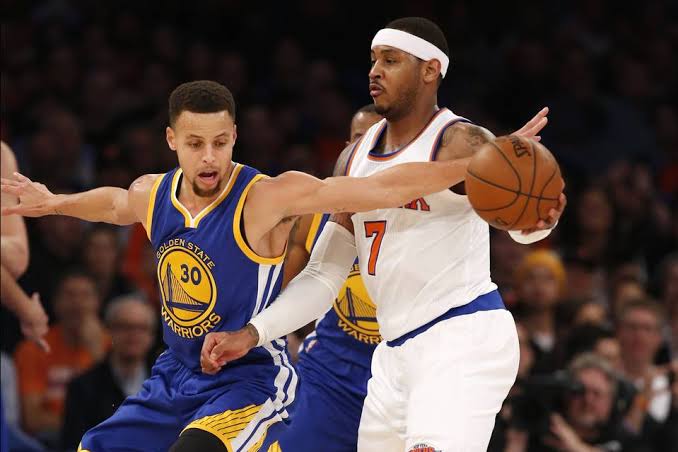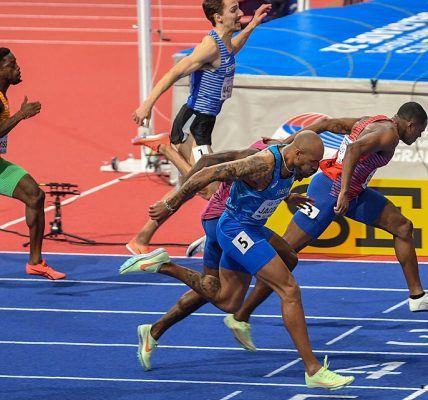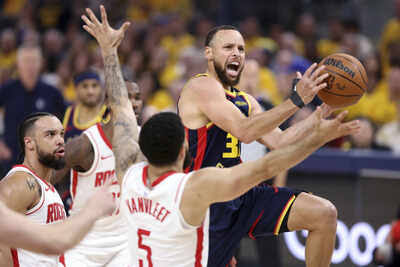Joey Votto and Steph Curry found a secret to workplace happiness. You can, too
Editor’s Note: This story is a part of Peak, The Athletic’s new desk covering leadership, personal development and success through the lens of sports.
Peak aims to connect readers to ideas they can implement in their own personal and professional lives. Follow Peak here.

The realization came to Joey Votto in the middle of his career.
As a young first baseman for the Cincinnati Reds, Votto showed up to work, kept his head down and locked into his routine, the same drills, the same swings, the same results.
“I want to do my routine until it becomes boring,” he told one of his coaches.
He arrived at the clubhouse most days and did not say hi to anyone.

Part of that was his personality; he is a natural introvert. But part of it was a conscious choice.
“I was there to work,” he said.
Younger teammates were cautious to approach him, mindful of his intense dedication to his process and wary of disrupting it.
“He got so good that he could do his routine and all the balls would end up in the same spot,” Tony Jaramillo, one of Votto’s coaches, said.
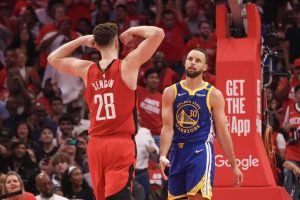
“So he’d hit the ball off the net in the batting cage and they’d all end up in a circle right beside each other. No one does that.”
The routine turned Votto into one of the best hitters of his era, a multi-time All-Star, an NL MVP, an on-base machine and a potential Hall of Famer.
But then one year, he read the seminal book by Dale Carnegie, “How to Win Friends and Influence People,” a self-help tome originally published in 1936.
Votto was struck by a passage about connection.
One of the best ways to reach others, Carnegie wrote, was to offer sincere appreciation. It wasn’t enough to show up; you had to be intentional.
